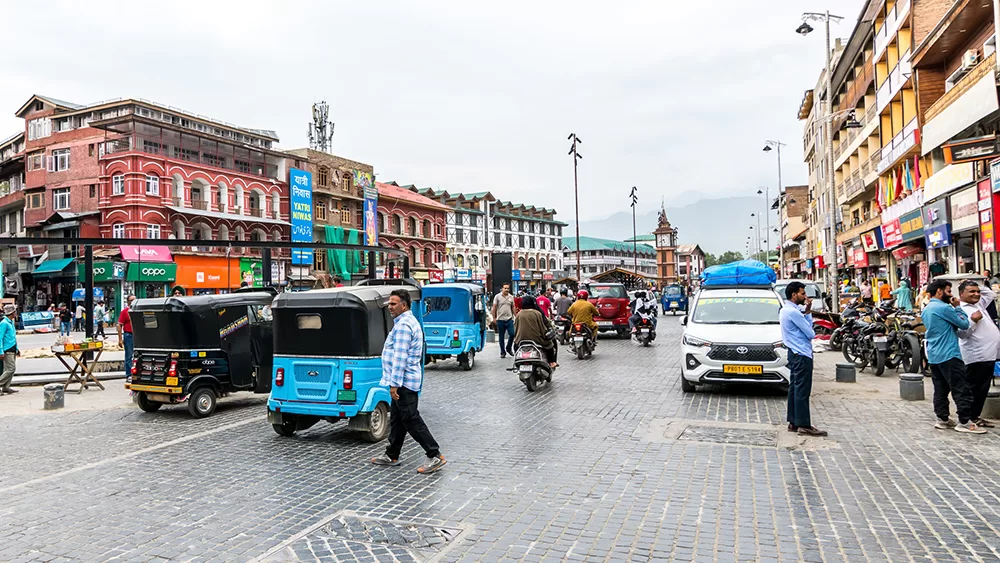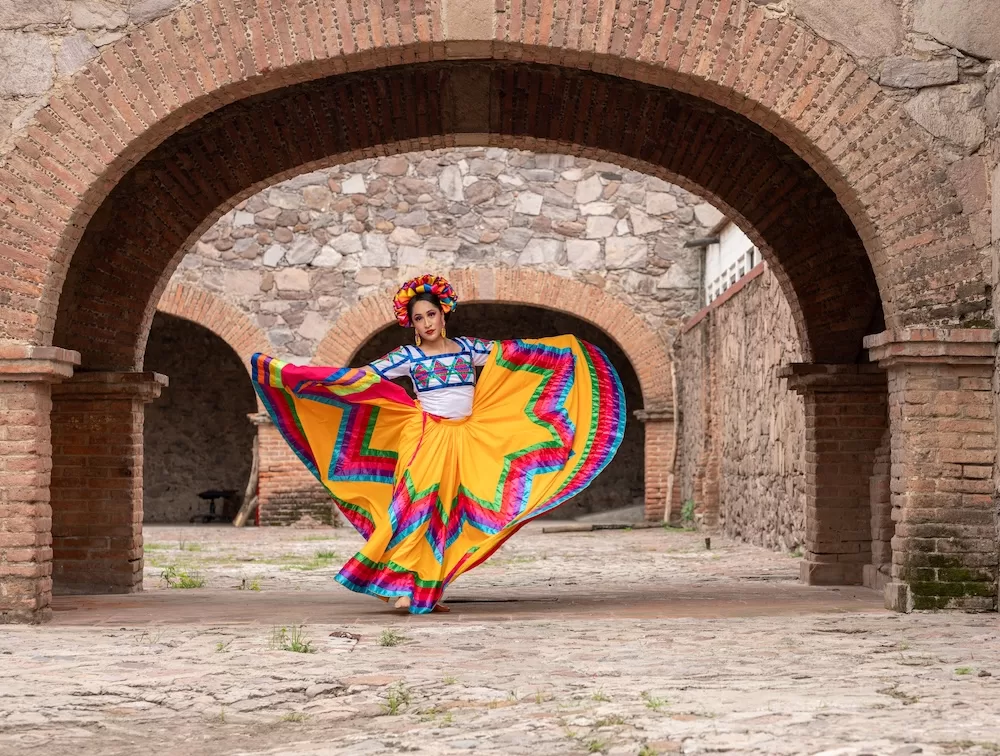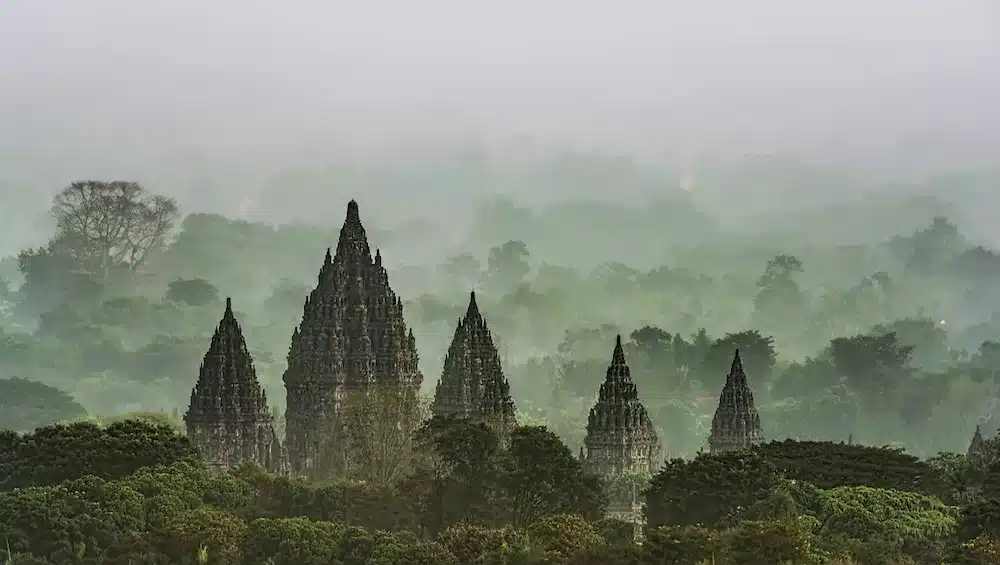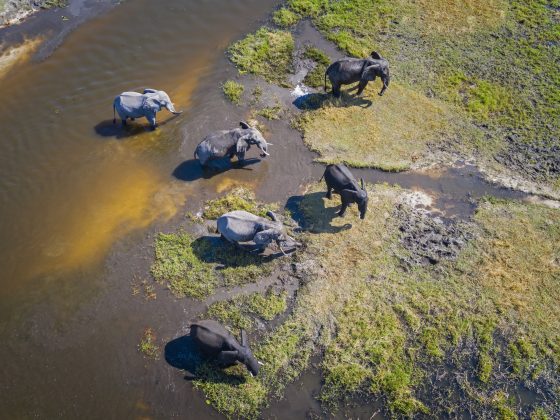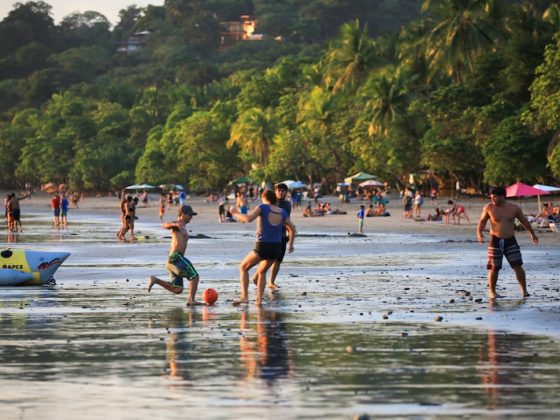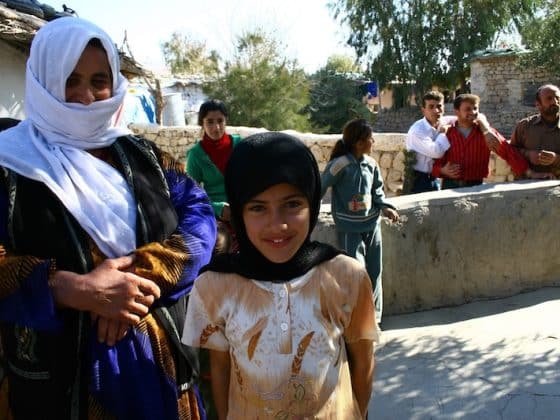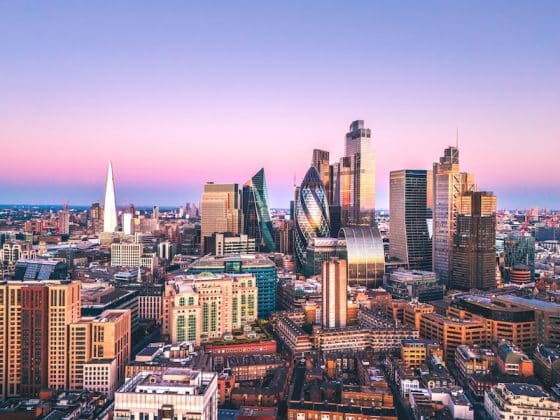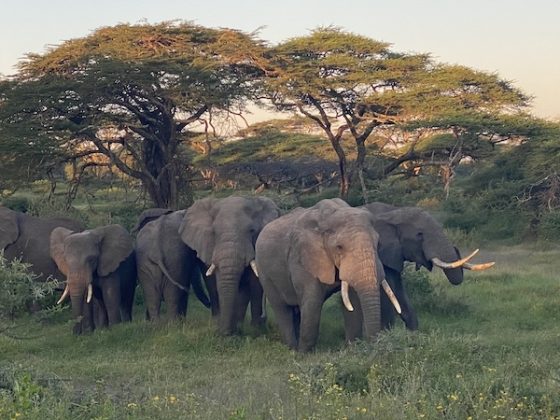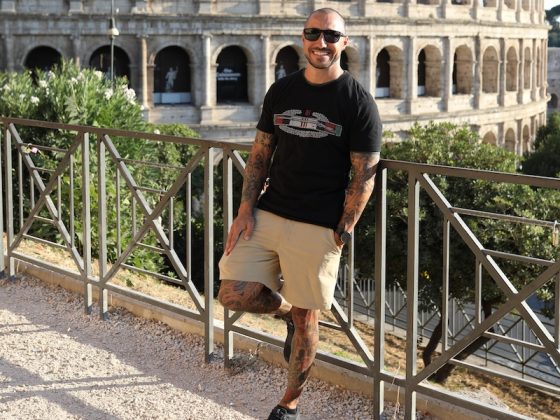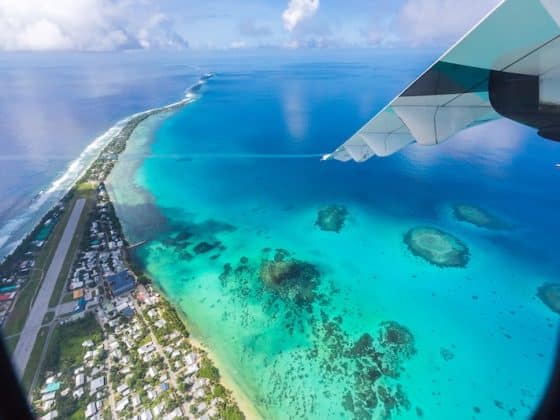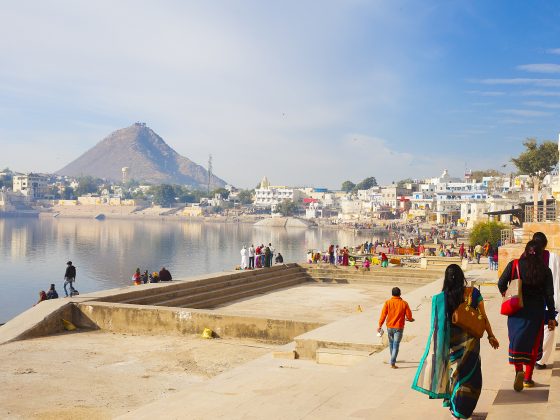A few days after I arrived in Kashmir, I’d just gotten into the car with Sajjad, my editor, when I told him I’d like to get my own transportation. “But you don’t need it – Abid can give you rides,” he said.
“Yes, but I’d like to be able to go where and when I need to, to cover a breaking story, for example, or visit a friend.”
“Yeah, yeah, I see,” he responded, as he often did when trying to think of a good counter. “Well perhaps you should have a bike.”
“A bicycle? Well I guess that wouldn’t be terrib…”
“No, no, a motorcycle,” he corrected. “Something like that.” He pointed out the window to a chap riding a Honda two-wheeler.
“Oh, right, well maybe I could do that. Wonder if I could get a used one.”
“Perhaps. But the bigger issue would be learning how to drive on these roads,” he said, turning to me and smiling. “Yeah,” I laughed. “There are not many rules.”
“Not many?” he looked at me. “There aren’t any.”
As Abid zoomed the wrong way down Residency Road, a main downtown artery akin to Sixth Avenue in New York, mingling with all variety of pedestrians and honking vehicles around a traffic circle, I could only agree.
Imagine this: Kashmir’s capital, Srinagar, a city of one million people and about half that many motorized vehicles, does not have a stoplight. Nowhere in this maze of paved and gravel roads do timed, colored lights regulate the toing and froing.
Actually, that’s not completely true. They do have a few of them, on M.A. Road and at Jehangir Chowk, for example. But they stand sheathed and unblinking, commissioned and built but never used, having apparently offended some circulatory sensitivity just prior to their debut. So in reality there are no stoplights.
Nor are there curbs or shoulders, barriers, lane markings, speed limits, or traffic signs of any sort. Nor, finally, do policemen keep an eye out for traffic violators; with an insurgency going on, they have bigger concerns. One would guess, then, that the steady stream of pedestrians, stray animals, motorcycles, bikes, trucks, army convoys, and cars seeking to flow through mainly narrow streets would present endless opportunities for mayhem and disaster, inspiring considerable anxiety in an outsider.
Somehow it has the opposite effect. There is little in my rather hermetic life here in Kashmir that I enjoy as much as the nightly ride home with Abid, weaving through the untold moving and immobile obstacles, buoyant Bollywood songs bouncing from the stereo in rhyme with the scenery whizzing past. Bus in the way? Just lean on the horn and it will slide subtly to the left to give us room to pass. Sheep at 1 o’clock? Whip right and the coast is clear.
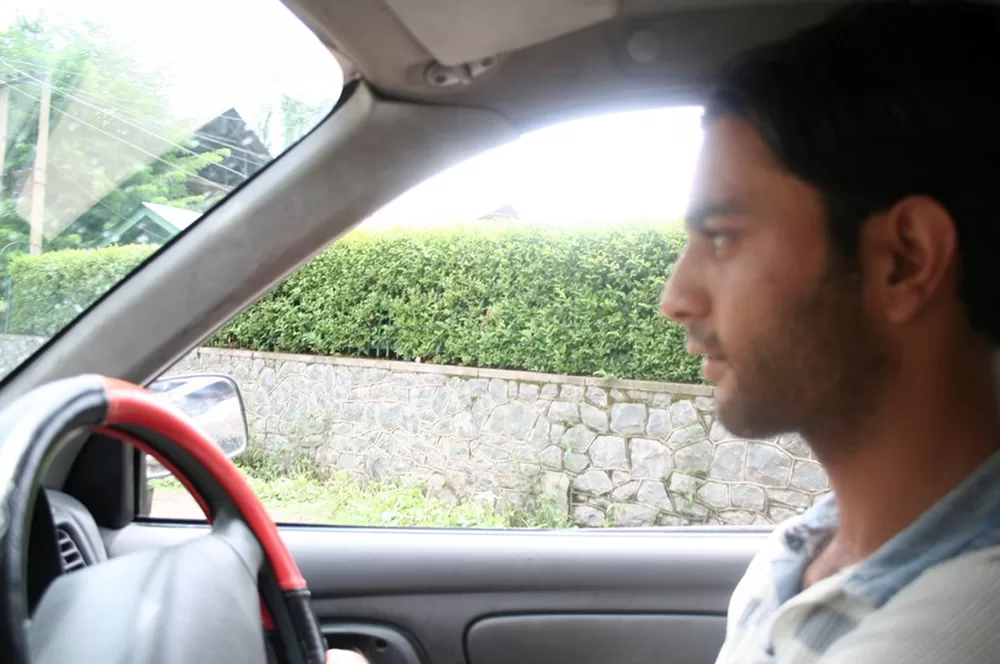
Abid is leaning on the horn again as we zip around a corner at 60 kms/hr. There’s a dog smack in the middle of the street, which is hemmed in by pedestrians on our left. We neither slow down nor budge from our path and at the last moment the dog lurches a foot or so to the left and we miss him by inches.
Further along, on a nearly straight section of boulevard divided by a two-foot wide median, a jawan—Indian security officer—is unloading something from a large white truck on the edge of the road. A black and white cow is standing on the median, but leaning his great girth some three feet over the short railing and out into the street.
Between the officer and the bovine there is less than a meter, yet we barrel onward, undaunted, as a damsel gleefully hits those high notes, up and away she goes, urging us on, within twenty yards now as Abid leans on the horn again. Without looking at our fast-closing vehicle, the jawan presses his body up against the truck and the cow swings his head, neck, and body back over the median—the two synchronized movements providing the necessary additional three feet and we zoom through unimpeded.
Similar seemingly choreographed moments happen every few seconds, and I would often see my life rushing before my eyes if they weren’t so effortlessly perfect, as if all the people, horses, goats, sheep, dogs, chickens and cows had from birth been inscribed with the movements of this dance, knew exactly when a vehicle of a precisely defined width was approaching, and at what speed, and precisely how to adapt without breaking from their conversation or duty at hand.
Read more on Rising India
It’s as if they all are gifted physical improvisationists, capable of shifting up, down, left, right, contorting and manipulating bodies, vehicles, carts and children in a fraction of a second at the slightest warning while going about their business. I imagine the countless similar instances of near mayhem occurring at any moment across the city, the Valley, all of the subcontinent, even, and sense that this inexplicable dance of the dodge is another Indian wonder to behold.
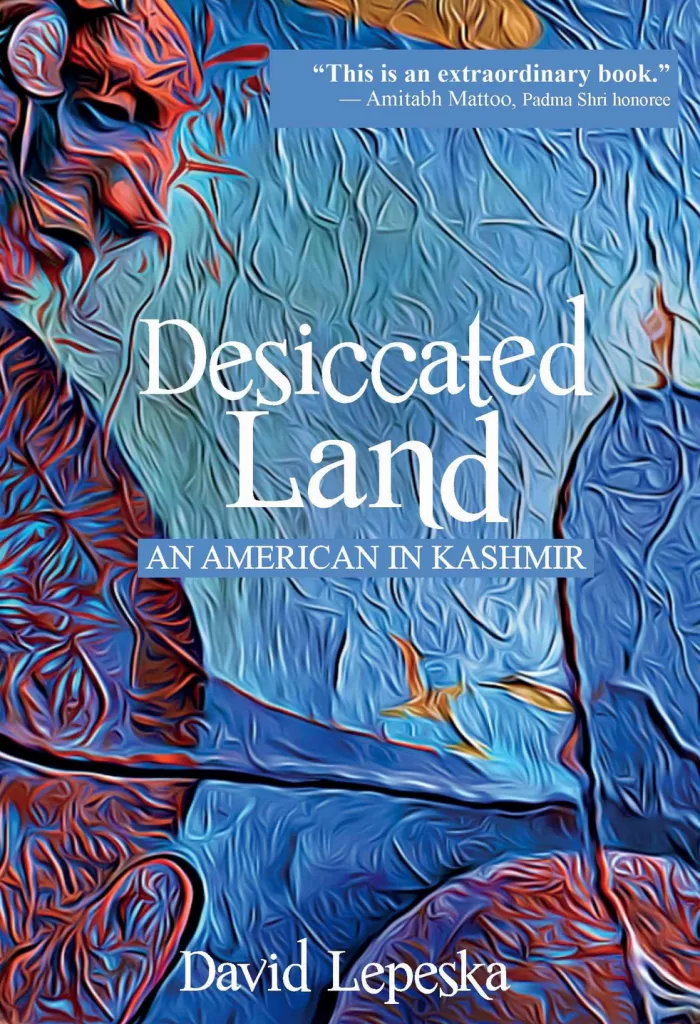
Occasionally someone misses a beat, but accidents just might be more impressive. On my first visit to Kashmir I was on a bus in Jammu that nudged a parked car’s bumper as it was coming to a stop at a tea shop. As we passengers unloaded a small crowd of men gathered and began to take the matter in hand.
I couldn’t understand a word of it, but I got the gist. At first the car owner was upset, his vehicle being visibly damaged, but the subdued tones of the discussion calmed him down. The men who had witnessed the accident began speaking in turn, pointing at the car, the bumper of the bus, and the other available spaces of the mostly empty lot.
The bus driver and car owner listened, nodding occasionally. Soon enough a settlement, in which the car owner clearly got his due, had been reached. The bus driver and car owner shook hands, and all went into the café.
In the U.S., it might take a year for a court to decide fault and payment in such a case. In India, not 15 minutes after the accident occurred, justice and chai had been served.
About the Author
This essay is an excerpt from EA Editor David Lepeska’s 2023 book, Desiccated Land.
Contact Author
"*" indicates required fields
Stay Ahead on Every Adventure!
Stay updated with the World News on Escape Artist. Get all the travel news, international destinations, expat living, moving abroad, Lifestyle Tips, and digital nomad opportunities. Your next journey starts here—don’t miss a moment! Subscribe Now!
